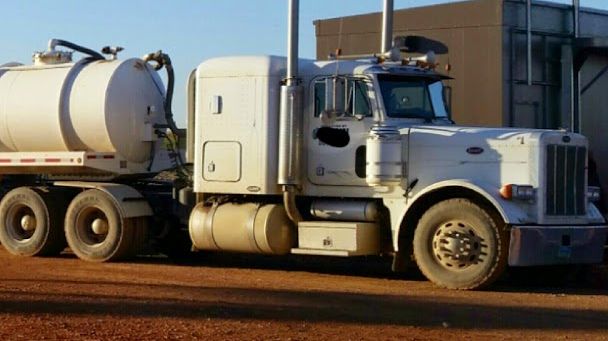Predictive Models Optimize Produced Water Transport and Disposal
Published on by Water Network Research, Official research team of The Water Network in Academic
A recent study from Texas Tech University argues that developing proper models to quantify and predict produced water volumes in the Marcellus may help companies create an optimal allocation workflow for transporting water to various facilities.
This could have significant economic and environmental impacts in the region.

Image source: SPE
A paper written by Amin Ettehadtavakkol and Ali Jamali for the 2017 Unconventional Resources Technology Conference (URTeC) explained the process of making these predictive models. Speaking at the conference, Ettehadtavakkol said there were several challenges in executing his study, mainly the lack of available water data from Pennsylvania and West Virginia, along with other inconsistencies in the available datasets.
The use of spatial and time regression methods, he argued, may partially alleviate the drawbacks of missing data.
Produced Water Volumes
Ettehadtavakkol described an outline of four stages of data analytic workflow he and Jamali created to help quantify the long-term environmental impact of water disposal from the Marcellus shale gas developments:
Data gathering and database development. The data analytics stage involves the development of a systematic acquisition and assimilation strategy for gathering relevant data across multiple heterogeneous sources. The output is a tuned dynamic database that provides convenient access to various data sources. For the proposed problem, the engineer may develop and populate a database that contains operator, drilling, and completions information, hydraulic fracturing water volume, flowback practices, or thermal maturity windows, monthly hydrocarbons and water production data, drilling data, disposal data, and local reservoir characteristics at some well locations.
Development of technical analysis. Uses core technical knowledge from geologists and geophysicists; petroleum, environmental, and facilities engineers; and data science tools to incorporate the gathered data into integrated descriptive and predictive tools. For the proposed problem, significant effort was dedicated to the selection (or development) and tuning of equations and workflows for well development, hydrocarbon, and water production data, and disposal data spatial and temporal models that properly describe and match the production and disposal history. These models quantify the prevailing trends in the data that may be used in the predictive analytics stage.
Predictive model development. Uses quantitative estimation and output assessment. For the proposed problem, the outputs typically involved predictive spatial maps and temporal trends that project water and hydrocarbon production rates under different scenarios.
Management and/or regulation support. Involves the qualitative explanation and interpretation of the outputs to achieve the work objectives. The final recommendation is the optimization of the allocation of the produced water to the candidate disposal sites; for example, to minimize the environmental footprint of disposal while meeting regulatory requirements.
The time and resource requirements, and the tangible value of the outputs from the four stages, are neither proportional nor equally weighted. Ettehadtavakkol said that, while the tangible value of the outputs from the last two stages to project managers and regulators is often far greater compared to the first two stages, the amount of time and effort required for sound completion of the first two stages is usually greater than the last two.
Read full article: Society of Petroleum Engineers
Media
Taxonomy
- Resource Management
- Water Resource Management
- Water Management
- Mode of Transport
- Integrated Water Resources Management (IWRM)